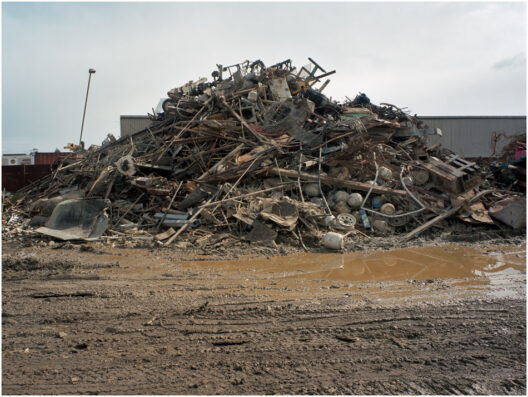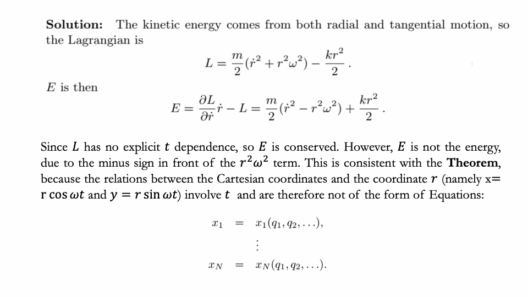In our culinary endeavors, cooking oils serve as the unsung heroes of the kitchen, akin to the threads that weave together a tapestry of flavors, aromas, and textures. Yet, beyond their palatable allure lies the fascinating science of how energy is transferred and conserved through these various oils. Each type of cooking oil possesses unique properties that influence not only the cooking process but also the energy efficiency of the methods employed. Understanding these nuances can help us make more sustainable choices in our kitchens, thus contributing to a greener planet.
At the most basic level, energy transfer during cooking occurs predominantly through heat conduction, convection, and radiation. When oil is heated, it acts as a medium that absorbs and distributes thermal energy. This transfer of energy, however, varies significantly between different types of oils, owing to their distinct chemical compositions and thermal properties.
Consider, for instance, the golden, silky embrace of olive oil. Renowned for its heart-healthy monounsaturated fats, olive oil not only enhances flavors but also boasts a relatively low smoke point, around 375°F. This makes it ideal for sautéing vegetables or dressing salads. When heated, olive oil efficiently transfers heat to food, retaining moisture and enhancing the cooking process while minimizing energy consumption. Its ability to coat food evenly means less energy is needed to achieve desirable results. Thus, it becomes a catalyst for energy conservation in the kitchen.
In contrast, canola oil, with its higher smoke point of approximately 400°F, is often lauded for its versatility. It offers a neutral flavor profile, making it suitable for both frying and baking. However, while its thermal performance is commendable, it is essential to consider the environmental implications of canola oil production. Typically derived from genetically modified crops, the cultivation of canola may entail higher energy expenditures in terms of fertilizers and pesticides. This underscores the importance of not only focusing on cooking efficacy but also on the overall sustainability of the oil we choose.
Sunflower oil, too, warrants attention. With a smoke point of around 440°F, it is ideal for high-heat cooking methods such as deep frying. The high linoleic acid content found in sunflower oil enhances its oxidative stability, which means it retains its quality under heat, thus facilitating efficient energy transfer. Yet, the sustainability factor plays a role here; while sunflower oil can conserve energy in the kitchen, its commercial production can be resource-intensive. The oil extraction processes can lead to a considerable carbon footprint, emphasizing a need for mindful sourcing.
Transitioning from conventional to more exotic oils, coconut oil emerges as a fascinating player. Characterized by its unique saturated fat profile, coconut oil has a smoke point of approximately 350°F. While it may not be as energy-efficient as some of its counterparts, it offers a distinct flavor that can reduce the need for additional seasonings, showcasing how taste can impact our overall energy use during cooking. Additionally, the metabolism of coconut oil produces energy in the body differently than other oils, which invites contemplation on the broader implications of food choices on energy dynamics.
Furthermore, we must also consider the role of oils in harnessing the power of residual heat. Techniques such as residual cooking leverage the heat retained by the cookware after it is removed from the stove. This method fosters energy conservation by using the heat that would otherwise dissipate. Oils that maintain stability at lower temperatures can facilitate this method, allowing us to save energy while producing sumptuous meals.
To heighten our culinary prowess and energy conservation efforts, innovative cooking techniques come into play. Employing methods such as stir-frying, where ingredients are quickly cooked in a small amount of oil over high heat, is not only efficient but also retains the vibrant colors and nutrients of vegetables. The quick cooking times significantly reduce energy expenditure, making it an excellent choice for the eco-conscious cook. Furthermore, by selecting oils that align with specific cooking methods, we can further enhance our energy optimization strategies.
The intersection of culinary science and environmental sustainability invites us to alter our perceptions of oil in the kitchen. Uncommon oils such as avocado oil or sesame oil possess unique thermal characteristics that warrant exploration. Avocado oil, with an impressive smoke point of about 520°F, is exceptionally versatile, while sesame oil, rich in antioxidants, can impart deep flavors in minimal quantities, thus conserving oil usage and energy. The potential of these oils extends beyond mere cooking; they symbolize a shift towards conscious consumerism—an embodiment of mindfulness in the kitchen.
In conclusion, the energy dynamics involved in cooking with various oils serve as a reminder of our interconnectedness with the environment. By choosing oils that not only enhance the culinary experience but also promote energy conservation, we can contribute to a sustainable lifestyle. The kitchen becomes a symbol of our commitment to fighting climate change, where every meal prepared is an opportunity to honor the delicate balance of nature. In embracing this energy-savvy approach to cooking oils, we journey towards a future where gastronomy and environmental stewardship are harmoniously intertwined. As the last traces of steam rise from our pans, let us reflect on the profound impact of our culinary choices on the world around us.








